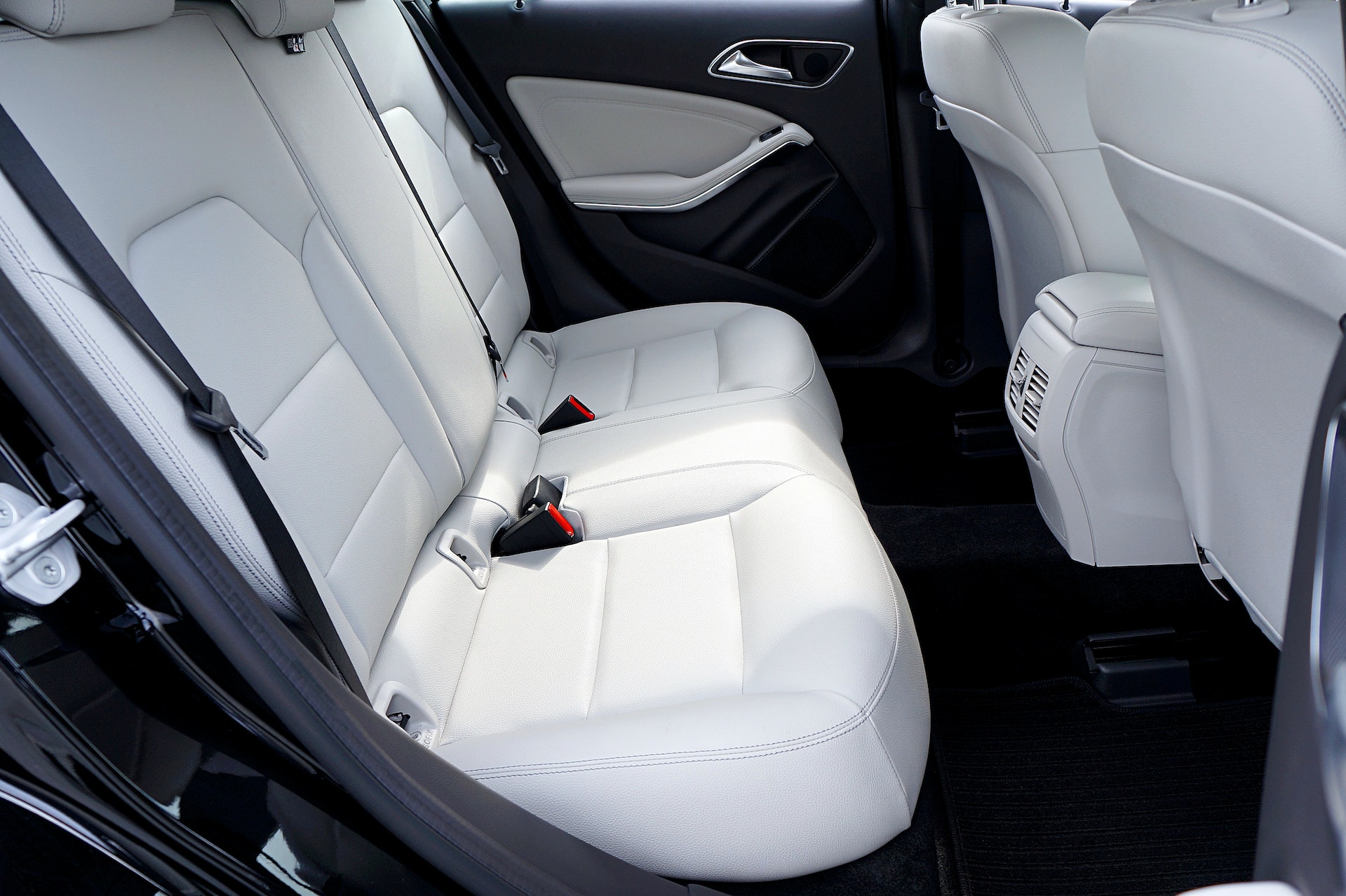The development of seat belt pretensioners and load limiters has benefited front-row occupant protection. In addition, manufacturers’ efforts to increase vehicle crashworthiness in the Euro NCAP tests have benefited front-row occupant protection. However, rear-seat occupants have been neglected in these tests. Hence, vehicle manufacturers need to evaluate the protection of rear occupants.
Performance to rear seat occupants
The performance of seat belt pretensioners to rear seat passengers is an important consideration for vehicle crashworthiness. The Euro NCAP test methodology includes simulation tests and vehicle crash tests. It also evaluates the effectiveness of restraint systems in other crash scenarios. The results show that belt pretensioners improve protection for rear seat occupants, although further studies are needed to determine how effective they are.
Manufacturers previously used a dummy to test how well seat belt pretensioners worked for people in the backseat of mid-sized sedans. The dummies were tested using both standard and progressive force-limiting restraints. In both tests, the dummy’s head would contact the seat back if the impact did not move the head more than a distance.
Earlier studies have evaluated the safety of a seat belt pretensioner in a frontal impact. These studies were published in the Journal of Dynamic Systems, Measurement, and Control and the International Journal of Vehicle Safety. The researchers studied the effects of the seat belt pretensioner on rear seat occupants in frontal collisions.
These studies have shown that seat belt pretensioners reduce thoracic loads and limit forward excursion. This feature is important because excessive forward excursion can lead to contact with the front seat, interior surfaces, or other occupants. In addition, pretensioners help reduce forward excursion by removing slack from the belt, facilitating an earlier load application.
Benefits to occupants in larger and smaller occupants
One study examined whether seat belt pretensioners effectively reduce the fatality rate for larger and smaller occupants. The findings were similar for male and female drivers. Although seat belt functionality remained, the same, pretensioners and load limiters were superior to those without pretensioners as discovered.
Seat belts with load limits are more effective than those without, but their effectiveness varies from vehicle to vehicle. Some vehicle types are more effective than others, and some pretensioners may not be effective for smaller occupants. Moreover, they may not limit the motion of large and heavy occupants.
Overall, seat belt effectiveness increases for both larger and smaller occupants. In passenger cars, this difference is slight. For RF occupants, the benefits are comparable, but the observed improvement is larger. The improvements in SUVs, minivans, and CUVs are greater than with pretensioners.
Combining seat belt pretensioners and load limiters significantly improves passenger car safety. It reduces the risk of death by nearly 30%. Furthermore, seat belt pretensioners can prevent occupants from dying in crashes, particularly in small vehicles. This is because the safety belts prevent the occupants from slipping out of the seat.
Load limiter performance for larger and smaller occupants
The effectiveness of load limiters against pretensioners should be compared in the context of seat belt pretensioner testing, considering the characteristics of various occupant types. For example, larger drivers may have a greater head excursion and require more load-limiting forces than smaller drivers. Also, load limiters may be less effective for a tall or heavy driver.
A recent study examined the effectiveness of load limiters in combination with pretensioners in passenger vehicles. It found that these devices significantly improved belt effectiveness when used in tandem. Compared to vehicles without load limiters, a belted driver or right-front passenger had a 12 percent lower risk of fatal injury than one that did not.
The effectiveness of load limiters in preventing occupant excursion after a crash was determined using NCAP tests. The results showed that load limiters improved the safety of the occupants in a rollover accident. In first-event rollover crashes, drivers’ belts experience acceleration pulses, which build uploads. In subsequent-event crashes, drivers’ belts are subjected to a second impact.
In trucks, seat belts are more effective than those for smaller occupants. The effectiveness of seat belts in truck-based vehicles decreases by five to 10 percentage points for smaller occupants but increases for older occupants. In passenger vehicles, seat belts with load limiters or pretensioners are equally effective for both age groups.




